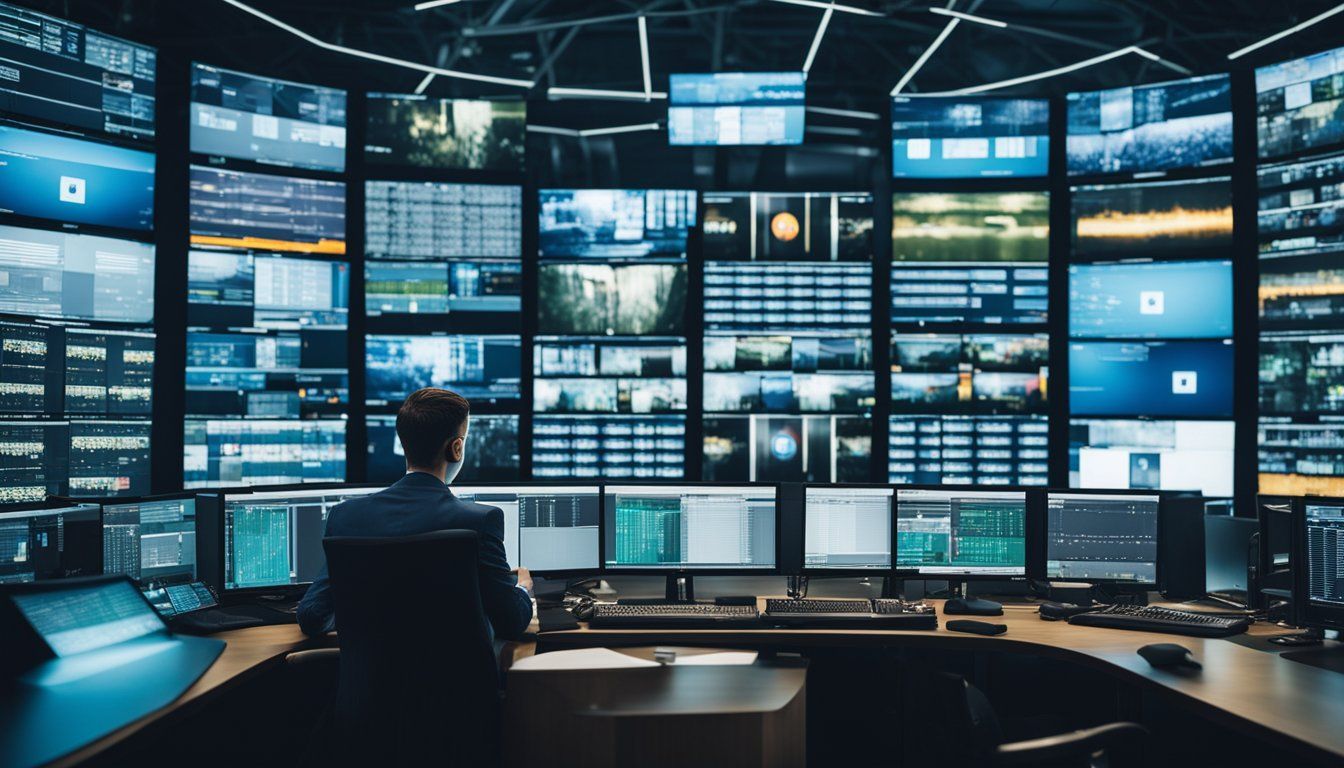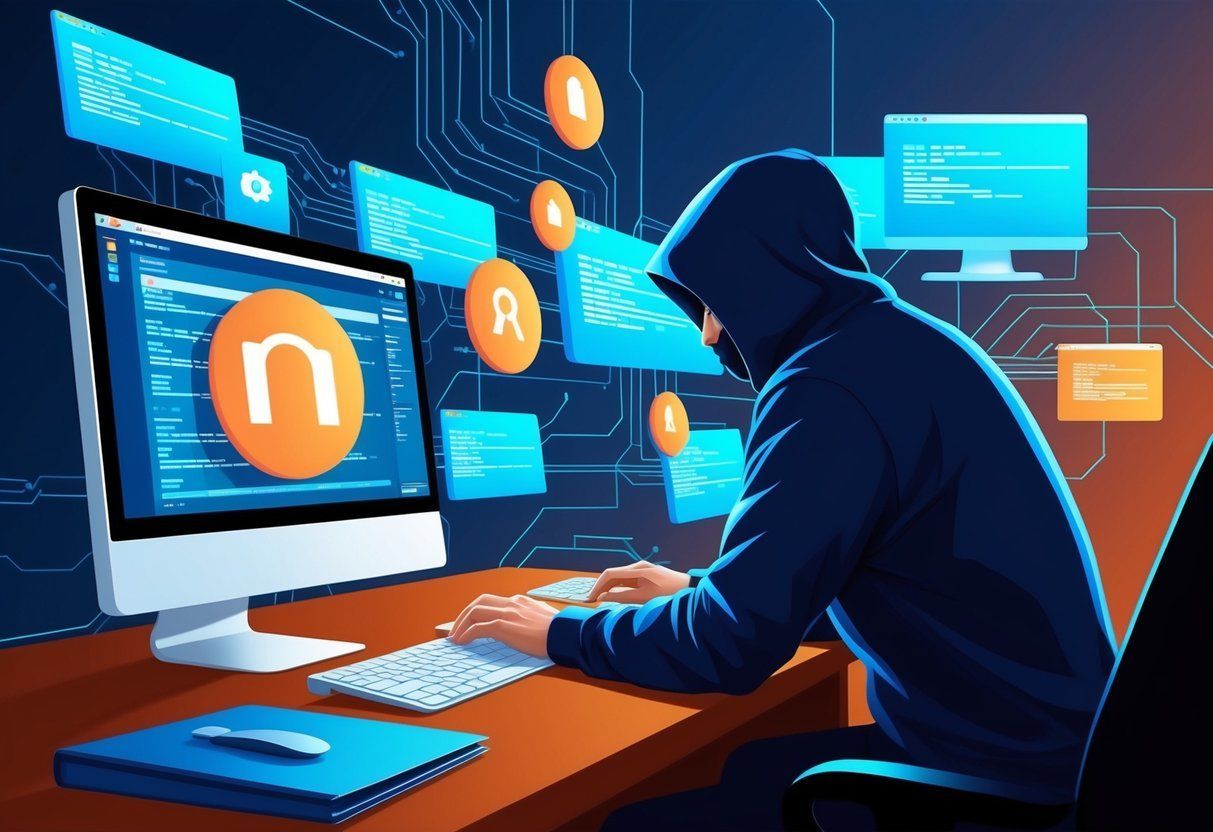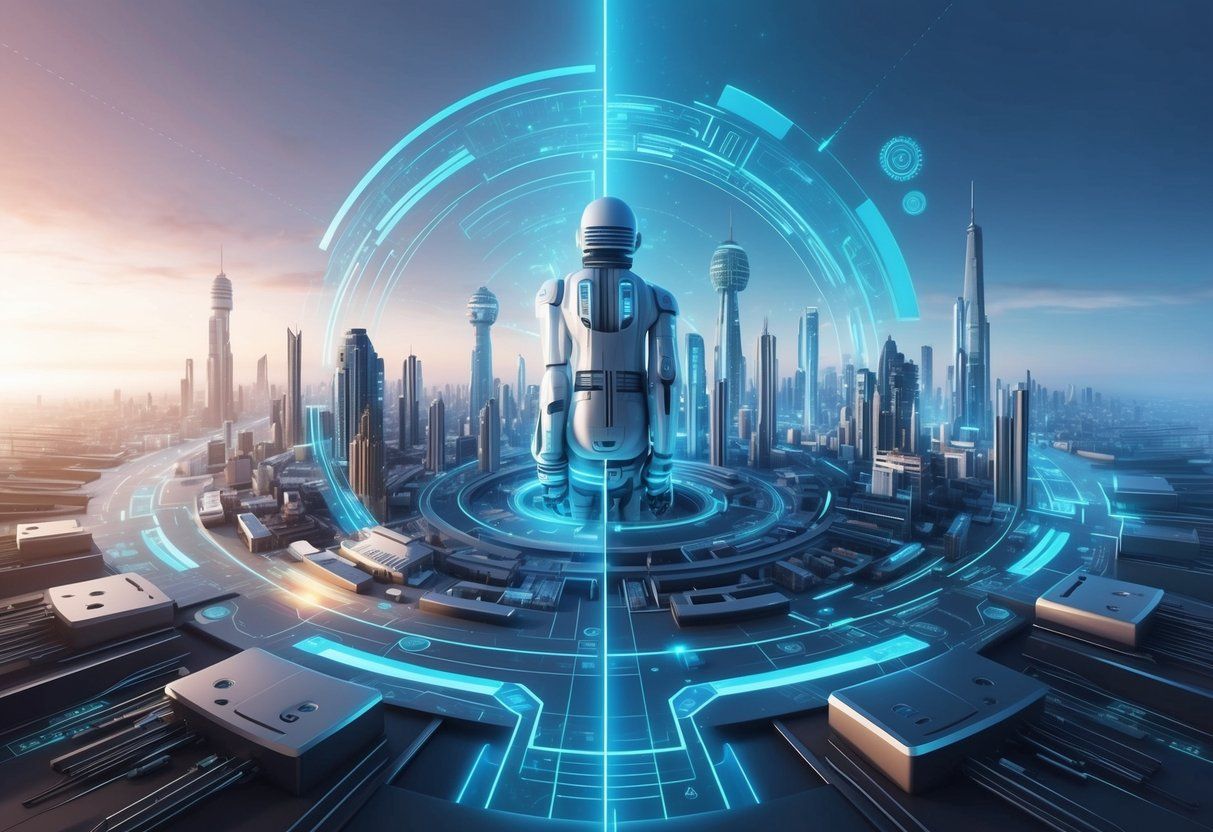Video Monitoring & Physical Security Systems: Expertise in Surveillance and Access Control Installation
In today's world, safeguarding properties and ensuring safety has become paramount.

Video surveillance, a key component of physical security systems, provides real-time monitoring and records activities within a facility. These systems help protect assets, detect intrusions, and maintain overall security. Cameras strategically placed around a property capture footage, which is then transmitted to a central system for analysis and storage.
Physical security systems are not just about video monitoring. They also include barriers, access controls, and intrusion detection systems. Integrating these components ensures a comprehensive security solution. Secure storage and efficient data management of video footage are crucial aspects that enhance the reliability of these systems.
Understanding the integration and operational aspects of these surveillance tools is essential for effective security management. With advancements in technology, modern systems are more reliable and easier to manage, offering enhanced protection and peace of mind for property owners.
Key Takeaways
- Video surveillance is crucial for real-time monitoring and activity recording.
- Physical security systems include barriers, access control, and intrusion detection.
- Integration and data management are vital for effective security.
Understanding Video Surveillance
Video surveillance involves using cameras and other technologies to monitor areas and improve security. The advancements in AI and analytics have introduced more sophisticated features, changing how surveillance systems operate.
Types of Surveillance Cameras
There are various types of surveillance cameras, each with unique features:
**1. Analog Cameras: These are the traditional cameras connected through coaxial cables. They are affordable but offer limited resolution.
**2. IP Cameras: Internet Protocol (IP) cameras use digital signals for higher resolution and flexibility. They can be wired or wireless.
**3. Dome Cameras: Known for their dome-shaped housing, these cameras offer discreet monitoring, often used in indoor environments.
**4. Bullet Cameras: Named for their shape, bullet cameras provide long-range viewing and are usually installed outdoors.
**5. PTZ Cameras: Pan-Tilt-Zoom (PTZ) cameras can move and zoom in to capture different angles, making them suitable for large areas.
Selecting the right type depends on the specific security needs of the location being monitored.
Advancements in Video Analytics
Modern video surveillance systems have greatly benefited from advancements in video analytics:
**1. Object Recognition: AI-powered systems can identify objects like people, vehicles, and even specific behaviors, enhancing security measures.
**2. Real-Time Alerts: Systems can now offer real-time alerts for suspicious activities, enabling quicker responses.
**3. Facial Recognition: This technology helps in identifying individuals, which is useful for access control and law enforcement.
**4. Heat Mapping: Video analytics can generate heat maps showing foot traffic patterns, useful for businesses to understand customer behaviors.
**5. Cloud-Based Solutions : Storing footage in the cloud provides easy access and management, reducing the need for physical storage.
These advancements make video surveillance more accurate, efficient, and proactive in ensuring safety and security.
Components of Physical Security Systems
Physical security systems are vital for protecting people, property, and assets. Key components include access control systems, intrusion detection systems, and alarm systems, each playing a crucial role in maintaining security.
Access Control Systems
Access control systems regulate who can enter or exit an area. They often use keycards, PIN codes, or biometric data like fingerprints and facial recognition. These systems ensure only authorized individuals gain entry, enhancing security.
Physical barriers like turnstiles or door locks are common. Electronic locks and smart cards offer flexibility and tracking abilities, allowing administrators to monitor access.
Additionally, mobile credentials are becoming popular, enabling access via smartphones. Integrated systems can combine access control with video surveillance, providing a more comprehensive security solution.
Intrusion Detection Systems
Intrusion detection systems identify unauthorized entries and activities. They use sensors, such as motion detectors, glass-break detectors, and door/window contacts. These sensors trigger alerts when a breach is detected.
Video surveillance systems often complement these systems. Cameras linked to sensors can provide visual verification of an intrusion, aiding security personnel in assessing threats.
Wireless and wired detection systems are available, each with specific advantages. Wired systems are typically more reliable, while wireless systems offer easier installation and flexibility.
Alarm Systems
Alarm systems alert security personnel or residents to potential security breaches. They consist of audible alarms, silent alarms, or both. Audible alarms deter intruders and alert nearby individuals, while silent alarms notify security teams without alerting the intruder.
Modern alarm systems often integrate with mobile devices, allowing real-time notifications. Fire alarms , intruder alarms , and environmental sensors like smoke or gas detectors enhance overall safety.
These systems can be standalone or part of a larger security network. Integrated systems provide a unified approach, combining alarms with other security measures such as access control and video surveillance for comprehensive protection.
Networking and Data Management
In the world of video monitoring and physical security, effective networking and data management are essential for maintaining a robust and responsive system. Key areas include IP cameras , networking protocols, data storage solutions, and bandwidth considerations.
IP Cameras and Network Protocols
IP cameras are critical components in a modern security system. They use the internet to send and receive video data, allowing for real-time monitoring and recording. Protocols like RTSP (Real-Time Streaming Protocol) and ONVIF (Open Network Video Interface Forum) ensure that these cameras can communicate with different devices and software.
Proper implementation of network protocols helps in seamless data transfer , enhancing security. Additionally, IP cameras often support features like motion detection and night vision, which add layers of security and make data more reliable.
Data Storage and Servers
Efficient data storage is a must for any security system. Servers store the video footage and other data, making it accessible when needed. There are several storage options available, such as on-premises servers, cloud storage , or a hybrid approach.
On-premises servers offer complete control over data but may require significant maintenance. Cloud storage provides flexibility and scalability, making it easier to expand storage as needed. A hybrid approach combines the best of both, ensuring data is secure and easily accessible. Reliable servers and redundant storage systems can help prevent data loss.
Bandwidth and Frame Rate Considerations
Bandwidth is a crucial factor in video monitoring. High-quality video footage typically requires considerable bandwidth, which can strain networks if not managed properly. Balancing frame rate and resolution is essential to avoid bandwidth issues.
Frame rate determines how smooth the video appears. Higher frame rates offer smoother video but need more bandwidth. Conversely, lower frame rates save bandwidth but may not capture fast-moving objects well. Deciding the right balance depends on the specific security needs and network capabilities, ensuring both efficiency and effectiveness in video monitoring.
Integration and System Operations
Combining different security systems into one cohesive unit simplifies management and enhances efficiency. Effective integration boosts surveillance and enables proactive responses to potential threats.
Surveillance System Integration
Surveillance systems integrate various devices like cameras, sensors, and alarms into a unified network. This connectivity ensures consistent monitoring of all areas, providing comprehensive coverage. Benefits include easier management and fewer errors, as all data flows into a central hub.
Advanced technologies like AI and machine learning improve real-time analysis by identifying and flagging unusual activities. Automated alerts are a key feature, ensuring that security personnel can respond swiftly to incidents. The unified platform streamlines maintenance and updates, increasing overall uptime and reliability.
Proactive Monitoring Strategies
Proactive monitoring involves continuous real-time surveillance to identify and address potential threats before they escalate. This strategy relies on intelligent systems that can detect anomalies and unusual patterns.
Live video feeds monitored by trained security personnel allow immediate action on identified threats. Additionally, automated systems provide alerts and notifications for suspicious activities, further enhancing security. Adopting these proactive measures helps prevent unauthorized access and ensures the safety of assets and personnel. Regular training for security staff on using the integrated system is essential for maintaining a high level of vigilance and responsiveness.
Security Measures and Enhancement
Efficient security systems combine physical barriers and advanced detection methods to ensure safe and secure environments. Detailed measures and technological innovations offer strong protection against numerous threats.
Physical Barriers and Environmental Design
Physical barriers play a crucial role in preventing unauthorized access. Fences, gates, and bollards are common examples of these barriers. Strong and well-placed barriers make it harder for intruders to enter.
Environmental design involves planning the layout to boost security. Using strategic placements of lights, landscaping, and signage can deter potential intruders. For instance, well-lit areas minimize hiding spots.
Building materials also matter. Using robust materials improves the resilience against break-ins. Combining these physical measures ensures a layered approach, making it harder for threats to breach security.
Advanced Detection and Alerts
Video surveillance systems offer real-time monitoring and recording capabilities. Modern systems include high-definition cameras and night vision, ensuring clear footage under various conditions. Connected to networked platforms, they provide remote access for continuous monitoring.
Intrusion detection systems detect unauthorized attempts. They use motion sensors, tripwire alarms, and glass break detectors to trigger alerts when breaches occur. These alerts can be sent directly to security personnel for swift action.
Automated alert systems are essential. They send notifications through mobile devices, emails, or alarms. This immediate communication enhances response times, reducing potential harm. Integrating these systems with other security measures creates a comprehensive security strategy.
Safety and Crime Prevention
Video monitoring systems play a crucial role in enhancing safety and preventing crimes. These systems help deter vandalism and theft, while also improving situational awareness and response.
Vandalism and Theft Deterrence
Video surveillance is highly effective in deterring vandalism and theft. By installing cameras in key areas, property owners can monitor suspicious activities. Many crimes are prevented simply by the presence of cameras, as potential criminals are aware they are being watched.
Staff can also be trained to respond quickly to alerts from surveillance systems. This proactive approach helps in catching vandals or thieves in the act. Regular monitoring schedules should be set to ensure that cameras are always functional and capturing high-quality footage.
Additionally, clear signage indicating the presence of surveillance cameras can further discourage illicit activities. Thieves and vandals are less likely to target areas where they know they are being recorded. Providing access to real-time footage allows staff to intervene promptly.
Situational Awareness and Response
Having a comprehensive video surveillance system enhances situational awareness. This means being able to monitor and understand what is happening in real-time across multiple locations. For businesses, this is crucial in ensuring the safety of staff and customers.
With high-definition cameras, staff can spot unusual behavior and respond immediately. Integration with other security systems, like alarms and access control, creates a robust security network. Situational awareness is not just about observing but also about interpreting the data to make informed decisions.
Rapid response times are critical. When an alarm is triggered, video surveillance can provide visual confirmation, helping security personnel to assess the situation accurately. This coordinated effort between video monitoring and physical security ensures a quicker and more effective response.
Integrated systems also allow for the automation of certain responses, such as locking doors or alerting emergency services. This reduces the time taken to manage potential threats and ensures the safety of everyone on the premises.
System Management and Maintenance
Effective system management and maintenance are vital for ensuring the reliability and functionality of video monitoring and physical security systems. This involves conducting routine checks, performing upgrades, and relying on vendor and technical support when necessary.
Routine System Checks and Upgrades
Regular checks are needed to keep security cameras and other components working correctly. Routine system checks help identify potential issues before they become major problems. This includes inspecting camera lenses, verifying recording devices, and ensuring software is up-to-date.
Upgrades should be performed periodically to include the latest security patches and features. Keeping the software current helps protect against vulnerabilities and improves system performance. It's also essential to monitor system metrics to track performance and identify areas that need improvement.
Vendor and Technical Support
Relying on vendors and technical support is crucial for maintaining a reliable system. Vendors provide technical support for troubleshooting issues, conducting regular maintenance, and offering updates. They can also assist with integrating new components or expanding existing systems.
Good relationships with vendors ensure prompt responses to incidents and quick resolutions. It's beneficial to choose vendors known for excellent support and robust systems. Metrics related to system performance and incidents should be regularly reviewed and discussed with the vendor to make necessary adjustments and enhancements.
Emerging Technologies in Surveillance
The latest advancements in video surveillance are being driven by innovations in artificial intelligence and the integration of smart technologies within buildings. These technologies enhance scalability, improve analytics, and offer new capabilities through smarter infrastructure and power management.
Artificial Intelligence and Machine Learning
Artificial intelligence (AI) and machine learning are transforming video surveillance. These technologies can analyze video footage in real-time and identify unusual patterns or potential security threats.
AI algorithms can detect motion, recognize faces, and even interpret behavior. Machine learning helps systems learn from previous incidents, improving accuracy over time. This helps in reducing false alarms and enhancing the responsiveness of security systems.
Analytics generated by AI provide valuable insights. They can predict potential security breaches and recommend preventive measures. The use of AI in surveillance creates a proactive security environment rather than a reactive one.
Integration with Smart Building Technologies
Video surveillance is also benefitting from integration with smart building technologies. Surveillance cameras can now interact with other IoT devices within a building. For instance, cameras equipped with Power over Ethernet (PoE) can receive power and data through a single cable, simplifying installation and enhancing scalability.
Smart building systems can integrate security feeds with HVAC, lighting, and access control systems. This means that when a security breach is detected, the building can automatically lock down or trigger alarms, providing a more cohesive response to threats.
These integrated systems also support better energy management and operational efficiency, making them an essential part of modern physical security strategies. By combining video surveillance with smart technologies, buildings can offer enhanced security and operational functionality.
Frequently Asked Questions
Commercial security systems play a vital role in protecting assets and ensuring safety. This section addresses common inquiries related to their components, integration, advantages, and effectiveness.
What are the components of a commercial security system?
A commercial security system typically includes cameras, access control systems, alarms, and sensors. Video surveillance captures footage, while access control manages entry points. Alarms respond to unauthorized access, and sensors detect unusual activity such as motion or glass breakage.
How does a video monitoring system work?
A video monitoring system uses cameras placed strategically around a property to record footage. This footage is transmitted to a central monitoring station where it can be viewed live or stored for future reference. Advanced systems may use AI to analyze the footage in real-time.
Can video surveillance be integrated with other physical security systems?
Yes, video surveillance can be integrated with access control, intrusion detection, and other physical security systems. This integration helps to create a comprehensive security solution, allowing for real-time response and improved overall security management.
What are the advantages of IP cameras over analog in CCTV systems?
IP cameras offer higher resolution and better image quality compared to analog cameras. They can be accessed remotely via the internet and provide better scalability and flexibility. Additionally, IP cameras can integrate with other network-based systems more easily.
What measures should be taken to secure a building's physical access points?
Securing a building's physical access points involves installing strong physical barriers like doors and locks, using access control systems, and setting up surveillance cameras. Regular security audits and ensuring proper authentication methods like keycards or biometrics are also crucial.
How does remote video monitoring improve building security?
Remote video monitoring allows for security footage to be accessed and reviewed from any location with internet connectivity. This provides continuous surveillance without the need for on-site staff, and enables quicker response times to incidents, enhancing overall security.
Building better solutions for better business®




